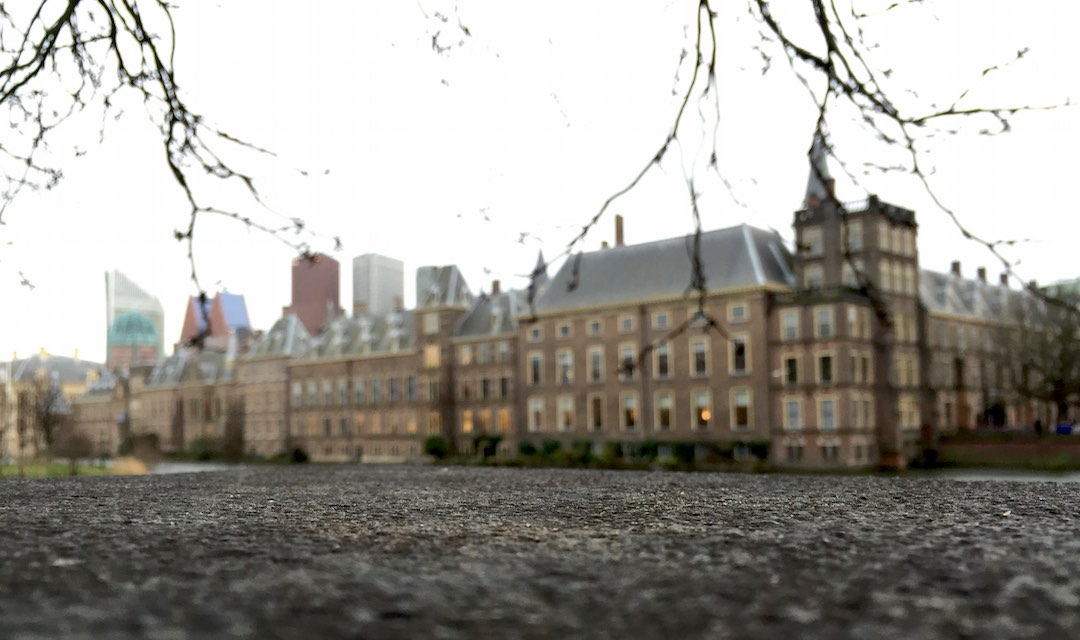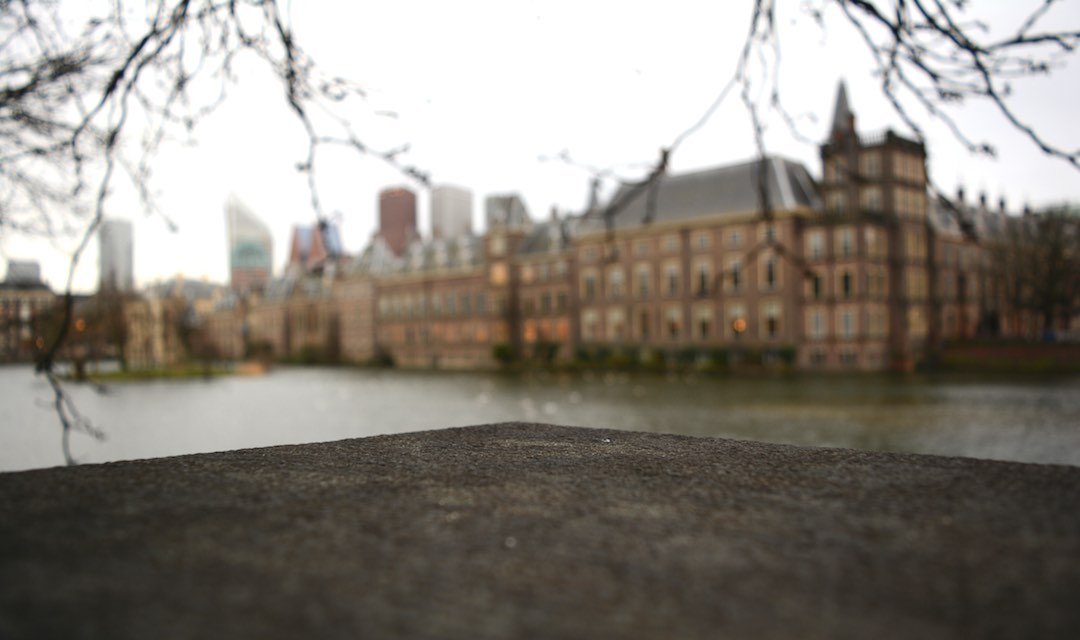
Posted 2015-01-10
In my post about the iPhone 6 as a camera, I talked about how phone cameras have extensive depth of field (objects near and far are both in focus) compared to regular cameras because their sensors are so small. This is even more pronounced in the iPhone 6 because it has a wide angle lens.
So I thought I'd do some comparisons. This is a photo taken with the iPhone 6. The camera is focussed at a distance of maybe 30 centimeters, so the parliament buildings in the distance are out of focus.

This is the same image taken with a Canon SX280 compact camera with a 20x zoom lens. At this wide angle, the minimum aperture of the zoom lens is f/3.5, which lets in only half of the light that the iPhone's f/2.2 lens lets in. The focal length of the lens is just under 6 mm, while that of the iPhone is just over 4 mm. So the sensor of the Canon camera is 1.4 times larger than that of the iPhone. The depth of field looks a bit larger than that of the iPhone.

Last but not least, the same image taken with a Nikon D7100 with an 18-55 mm lens at 18 mm, resulting in an image that's a bit wider than that of the iPhone and the SX280. The aperture is also f/3.5. The sensor of the Nikon is about 4.5 times larger than that of the iPhone, so even though the lens is a bit wider and the aperture a stop smaller, the depth of field is a lot smaller.

Here's two 100% zooms of the middle of the image. Click on the links to load the specified version of the image: iPhone 6, Canon SX280 or Nikon D7100. The ones with the ∞ symbol are focussed at infinity and should provide a sharp image, the others are focussed at 30 cm and should be more or less blurry. I've also included Nikon versions at f/8 and f/22, so you can see the effect of a smaller aperture on depth of field. Select two images of your choice to compare them.
If you compare the f/22 ∞ version to the f/3.5 ∞ or f/8 ∞ version, you'll see that the sharpness actually goes down at very small aperture sizes. Also, the f/8 ∞ is somewhat sharper than the f/3.5 ∞ version—f/8 is usually the sharpest aperture for most DSLR lenses. However, the SX280 already starts to suffer from the diffraction effect at f/8, so the f/8 ∞ version isn't quite as sharp as the f/3.5 ∞ version, and f/8 is the smallest aperture.